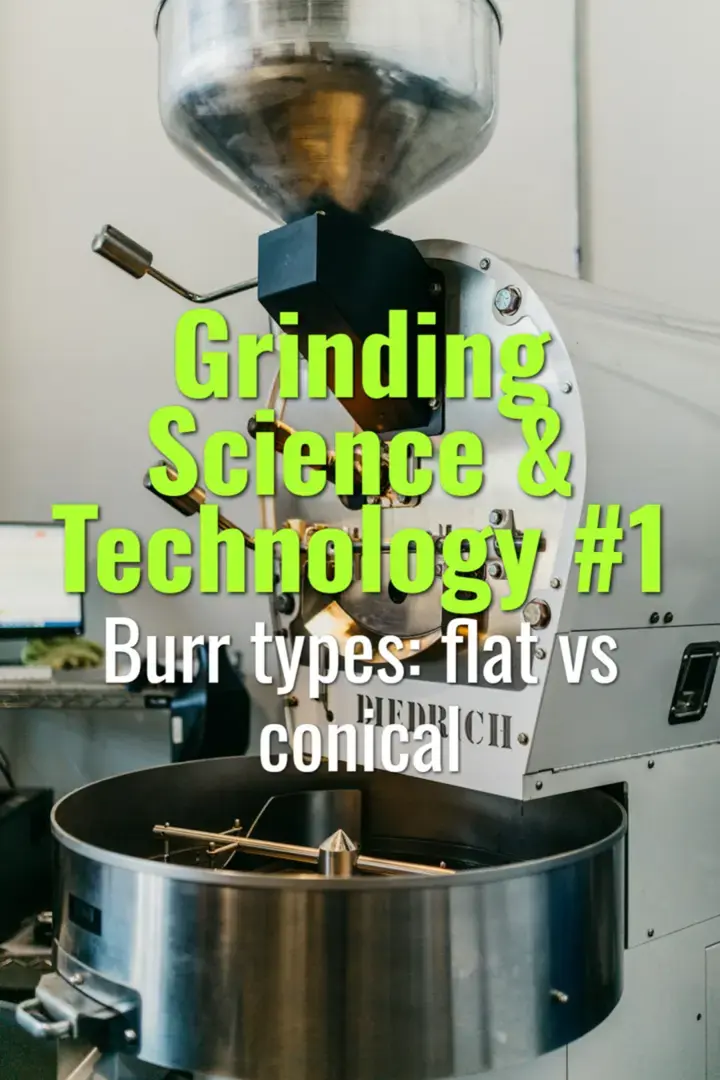Burr types: flat vs conical
The differences between flat and conical burr grinders and their impact on grind consistency.
- Coffee Basics Nerds
- 1 min read

Key Concepts
-
Flat Burrs:
-
Burrs are parallel to each other, creating a uniform grinding path.
-
Typically provide very consistent particle size.
-
Often produce more heat due to higher rotational speeds.
-
Conical Burrs:
-
Burrs are cone-shaped; coffee is crushed and sheared between inner and outer burrs.
-
Tend to generate less heat, preserving aroma.
-
Can handle larger bean volumes and are quieter in operation.
-
Grind Consistency and Particle Distribution:
-
Flat burrs often yield slightly narrower particle distribution.
-
Conical burrs may produce a small fraction of fines but are gentler on beans.
-
Maintenance Considerations:
-
Flat burrs may require more precise calibration and cleaning.
-
Conical burrs are typically easier to maintain but may be larger.
-
Choosing Based on Brew Method:
-
Espresso: both types work well; flat burrs often favored for precision.
-
Filter: conical burrs are often preferred for preserving subtle flavors.
Summary
Flat and conical burr grinders each have trade-offs in heat generation, particle consistency, and maintenance. Selection should align with brewing method, desired flavor preservation, and grinder usage patterns.